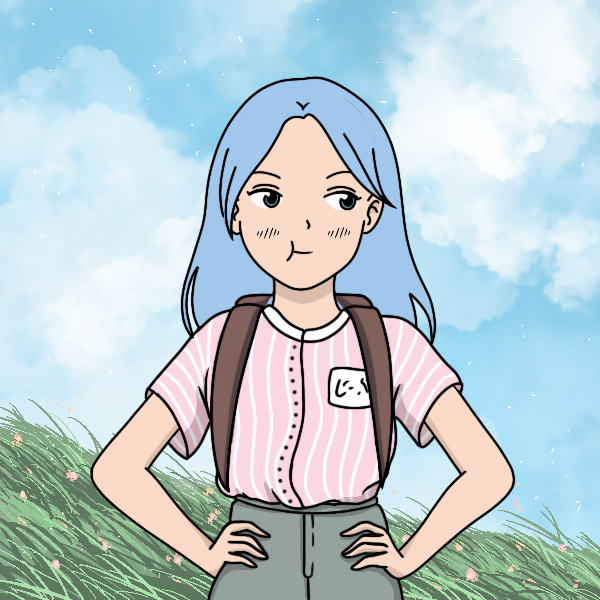
Spring Vegas Scoop
By Lexi Ogan
SPRINGFIELD, MO – A stack of filled sketchbooks and torn-out pages of notebooks fill corners of the tiny dorm room. Pens, markers, and pencils are scattered along the desk; a laptop is filled with drafts: Draft one, draft two, draft three, all of the same piece. A girl, sitting on the lofted twin-sized bed, makes a mark on a sketchbook. She erases, marks again, and erases some more.
Madeline Cronin, an artist and creative writing student at Missouri State University, has been creating for what she says feels like “forever”.
She draws inspiration from other artists.
“I like the Beatles, and their storytelling qualities in their music. I want to tell stories like them, whether it’s through my writing or through my physical art,” says Madeline.
Painters like Edward Hopper and Van Gogh inspire her as well.
Much like the artist Edward Hopper, Cronin is not going to school to learn art for the first time. Instead, many art students attend college to learn from the best, improve their technique, and to provide a world of networking, according to ArtAcacia.
“I love seeing how their mind works, especially because it’s so different from mine,” says Gretchen Block, a biochemistry major who also happens to be Cronin’s roommate. “I can’t imagine being so free-formed. I like having set rules on how to do my work- it seems like they really just take the assignment into their hands and do what they want with it. It’s really interesting when we put our minds together, because I provide a lot of logistical context while she pulls ideas out of thin air.”
The pair can often be found doing homework together; one solving intricate mathematical equations, the other, creating detailed stories or illustrations to go along with them. It’s an art and science duo nobody could have expected.
“Ultimately, making art is a form of escape for me. It’s something I can do alone, or with friends, that allows me to take a step out of this world and create my own away from my everyday worries and anxiety,” Madeline explains.
Pursuing a career in art is met with some criticism. “I’ve been asked how I’m going to make a career out of art. Sometimes people tell me that it should just be a hobby, or that I should get a ‘real job’ too.”
Autumn Adams, a fellow art student, understands the fears of criticism surrounding her major. “We all make jokes about how we’re going to have to live together forever in some tiny house, cause none of us are going to make any money,” they say. “It’s just a way of coping. There’s no way we can know what we are going to do after graduation. Sometimes I envy people that are science or business majors, because it’s like they almost always have a job set for them before they even graduate. It’s completely worth it, though. I’m doing what I’m good at and what I’m passionate about, and I wouldn’t have it any other way. That’s just no way to live.”
Art students are found in varying degrees of employment in the U.S. Only a startling 10% are successful in their artistry careers after graduation, according to The Atlantic. Luckily, according to the U.S. Bureau of Labor Statistics, the arts are expected to have a growing career prospect in the future- a projected 14% increase by 2030. Artistry may be a struggle, but art is appreciated now more than ever with the rise of social media and easy ways to create, share, and find new art.
Cronin deals with it as best as she can. “I just have to tell myself that I’m doing what’s best for me, and remember that people are just trying to look out for me. They don’t mean anything by saying hurtful things, and it’s not going to change my mind. I know what I want to do.”

